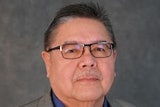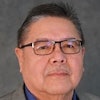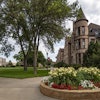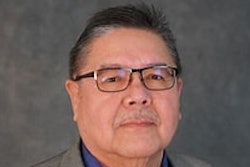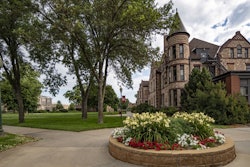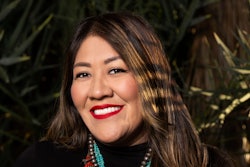FLAGSTAFF Ariz. — Two Southwest tribes are moving closer to securing radio stations that others in Indian Country have turned to for emergency alerts, health tips, the latest rodeo news, traditional stories and language lessons.
American Indian tribes hold less than one percent of the roughly 15,200 radio station licenses issued by the Federal Communications Commission, a figure the commission has been trying to boost through a rule it approved in 2010 to give federally recognized tribes priority in the application process, and help preserve language and culture.
“Telling one’s own story, broadcasting in one’s own voice, in an exercise of self-determination and self-reliance, is so important a goal of so many broadcasters in tribal communities that its value cannot be overstated,” the FCC said in its 2012 annual report.
Earlier this month, the FCC set aside the first two FM allotments under its Tribal Radio Priority for the Hualapai Tribe in northwestern Arizona and Navajo Technical College in northwestern New Mexico. The tribe and the college owned by the Navajo Nation are now waiting for the FCC to open a filing window so they can secure construction permits and build their stations.
“Radio will give them tremendous community outlook,” said Fred Hannel, a consultant for the Hualapai Tribe. “They can rally the whole community around a radio station, give them a sense of identity.”
Other tribal entities will have an opportunity to apply for the same allotments for the commercial stations after the FCC’s order takes effect April 15. The Hualapai Tribe says it isn’t expecting to lose out because no other tribe is located in the area it wants to broadcast.
Applicants who want to be considered under the tribal priority must be a federally recognized tribe or an entity, like the college, that is majority-owned by a tribe and propose to cover at least 50 percent tribal land. Successful applications are processed without going through an auction.
Navajo Technical College had faced competition in applying for a construction permit for a non-commercial educational station under a points-base system. But the college did not build the station before the permit expired in August 2008, and the FCC denied a request for an extension and to downgrade the service area. The college said it erroneously believed that grant funding it secured to set up the radio station and the construction permit would expire at the same time, and it also couldn’t get electricity to its original transmitter site, according to FCC documents.
At the time, the college said it was “virtually guaranteed” to prevail under the Tribal Radio Priority for a commercial FM station. The FCC said it wouldn’t prejudge a future proceeding nor apply the tribal priority retroactively. The station would reach out to 13,500 people in remote, isolated areas around Crownpoint, N.M., and be broadcast in Navajo, the college wrote in FCC documents.
The Hualapai Tribe already has been using the Internet to broadcast morning blessings, results of tribal elections, a radio drama aimed at improving health, traditional Hualapai music and community service announcements. The FM radio station would allow anyone within a 30-mile radius of the station to tune in, particularly those who can’t access the Internet.
“Once we get our FM frequency on, it’s really going to build a lot of interest,” said tribal member Candida Hunter.
The spread of information on the reservation otherwise comes through fliers posted at government offices, a tribal newsletter or word of mouth. Terri Hutchens, project coordinator, said tribal members could have benefited last year from an announcement over the radio about water contamination, which led to a temporary school closure. She said some people received fliers but others didn’t find out until days later when the problem was fixed.
“That’s something certainly that could be addressed through the emergency alert system,” she said.
The radio station won’t reach the entire 1-million-acre reservation along the southern edge of the Grand Canyon on the western corridor. Hutchens said the tribe has plans to expand the range within five years. The funding is in place for terrestrial radio equipment, and the tribe will use existing towers for the transmitter.
For now, community members are encouraging each other to listen to the Internet broadcast and volunteers are pitching in to provide content in the Hualapai language.
“We’ve actually been having fun. We’ve been bringing them in to train them on how to be a DJ,” Hutchens said.
